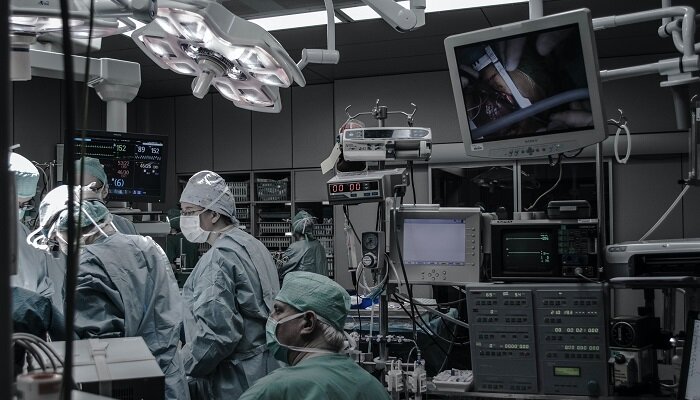Medical implants are human-made implants introduced into the human body to support its natural function. Some are there temporarily, while others are there permanently. In most cases, implantables are provided for diagnostic, therapeutic, and monitoring purposes.
While healthcare has come a long way in general, you might be surprised by just how far medical implantables have come in a short space of time. In recent years, we’ve noticed some of the following amazing changes:
Photochemical Etched Medical Components
High-quality medical devices have been around for a long time, but etched medical components are a far more recent advancement. Photochemical etched medical components are made with an expansive range of non-corrosive standard and exotic metals like beryllium copper, aluminum, and zirconium and are designed to be stress-free and burr-free.
Photochemical tools don’t wear like conventional tools, giving you peace of mind regarding consistency no matter how many devices you order from your supplier. Many of the best suppliers of etched medical components can customize tools and parts to suit your unique needs and provide nearly any pattern or texture for plates, mesh, and more.
Wireless Connectivity
Medical professionals were rarely able to monitor medical implants in real time once they were in place. However, that has all changed with wireless connectivity technology like NFC and Bluetooth.
Wireless-connected implants now allow healthcare providers to collect and monitor health data remotely, enabling them to identify problems and potentially improve patient outcomes. Studies also show that they are useful for a wide range of people and applications, such as orthopedic implants and cardiovascular environments, and can quantify events in the body in real-time in a non-invasive way.
Sensor Implants
External sensors have long been used for patient monitoring with varying degrees of success. While reasonably accurate, we now have a far more precise option at our disposal: sensor implants. Implantable sensors directly placed in the body, such as monitoring microchips and advanced health sensors, offer real-time data on patient health. So far, they are proving helpful with monitoring hard-to-reach areas like the torso, brain, and pelvis.
Neural Implants
Neural implants, also known as brain implants, are tech devices that connect directly to people’s brains. Most often, they are placed on the brain surface or its cortex. These implants are designed to treat neuro-based conditions like chronic pain, incontinence, and sexual dysfunction by stimulating muscles and nerves directly. Multiple companies are now working on this technology, with some focusing on microchips for the restoration of neural function and others using selective muscle neurostimulation technology.
Drug Delivery Implants
People with chronic pain, cardiovascular disease, and other conditions requiring ongoing treatment can struggle to keep up with all the necessary medication. Taking the right medicines at the right time can also be time-intensive. Drug delivery implantables might be a game-changer in this respect. Some companies are now developing drug-delivery implant devices that have the potential to improve drug efficacy, lower healthcare costs, and even reduce side effects.
We’ve come a long way in such a short space of time in the medical field, and implants are no exception to the rule. It might only be a matter of time before these implants become commonplace, making healthcare more effective, affordable, and convenient.


















